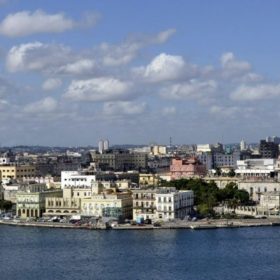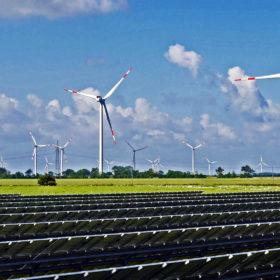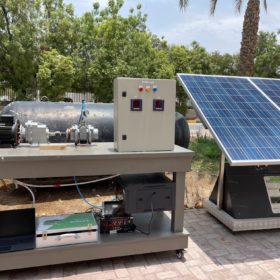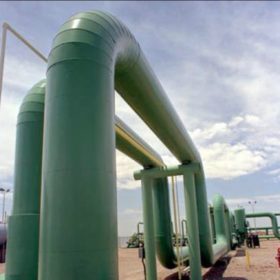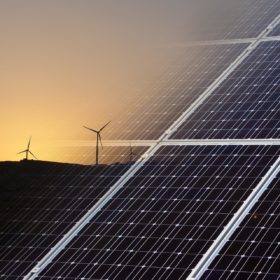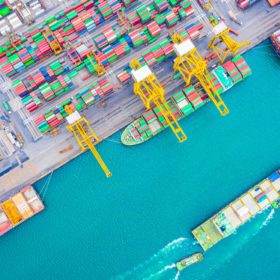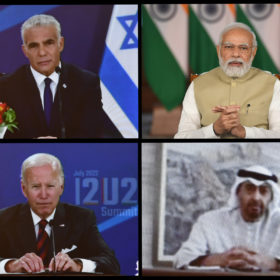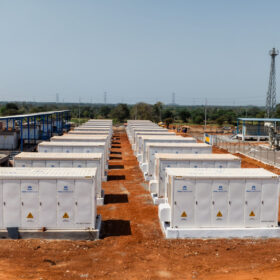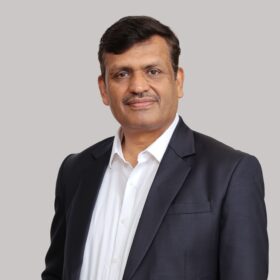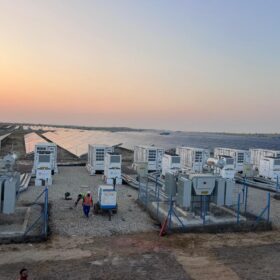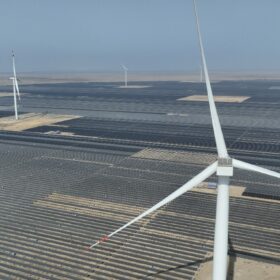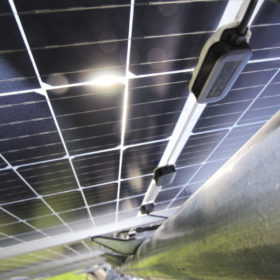NTPC launches tender for 1.15 GW solar, 150 MW/150 MWh battery storage in Cuba
NTPC, as a project management consultant to Unión Eléctrica de Cuba (UNE), has launched bids to develop 1.15 GW of grid-connected solar and 150 MW/150 MWh battery storage projects in Cuba. The prospective developer will execute the project on a ‘build-own-operate-transfer’ basis and transfer to UNE after 25 years.
TERI draws up roadmap to India’s 2030 renewable energy goal
A new report by The Energy and Resources Institute (TERI) examines the challenges before India in achieving its ambitious target of having 500 GW non-fossil fuel capacity and meeting 50% of its energy requirements from renewables by 2030. It also discusses feasible pathways for achieving these.
India will have 125 GWh of lithium batteries ready for recycling by 2030
India will see a cumulative demand for around 600 GWh of lithium-ion batteries from 2021 to 2030 across all segments. The recycling volume coming from the deployment of these batteries will be 125 GWh by 2030.
Compressed air storage vs. lead-acid batteries
Researchers in the United Arab Emirates have compared the performance of compressed air storage and lead-acid batteries in terms of energy stored per cubic meter, costs, and payback period. They found the former has a considerably lower Capex and a payback time of only two years.
NHPC and DVC to jointly develop pumped hydro storage projects
State-run hydropower producer NHPC Ltd is also entering green hydrogen production. To begin with, it will set up pilot green hydrogen projects in Leh and Kargil districts of the Indian union territory of Ladakh.
Hero Future Energies wins 10 MW/ 20 MWh grid-connected battery storage project
The renewable energy producer will construct a 10 MW/ 20 MWh battery energy storage project for Kerala State Electricity Board.
GreenZo to develop 50 MW green hydrogen capacity in Nepal
The Delhi-based renewable project consultant has signed an agreement with Nepal-based hydro and solar power producer API Power to install a cumulative 50 MW of green hydrogen capacity in Nepal by 2025.
Indian Railways tenders 2.6 GW of renewable power projects
REMC Limited unit of Indian Railways has invited bids to install 1 GW of renewable power projects, with or without storage, for round-the-clock power supply to different zonal railways. It has also tendered to install a cumulative 1.548 GW of land-based solar plants near the traction sub-stations across various zonal railways. The projects are to be developed on a build-own-operate basis.
Acme, Scatec sign green ammonia sale agreement with Yara
Norway’s Yara International has agreed to buy 100,000 tonnes of green ammonia annually from Phase 1 of Acme and Scatec’s Omani project.
Israel, USA, UAE to support 300 MW wind-solar-storage project in Gujarat
The United States and Israel have the opportunity to provide clean energy solutions for the 300 MW wind-solar project complemented by a battery energy storage system. United Arab Emirates-based companies will explore participation as knowledge and investment partner.
